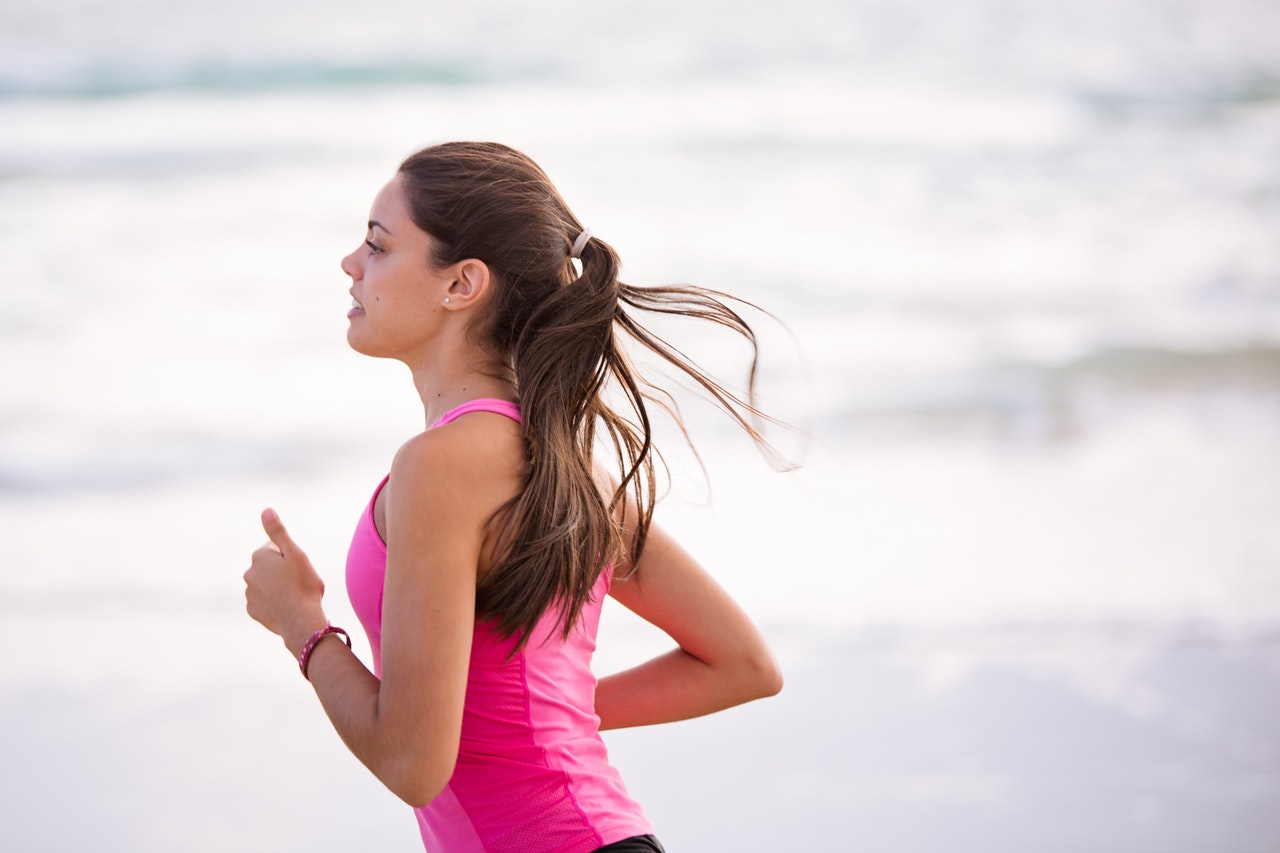I’ve seen this time and time again but have also experienced it personally when you go in and out of an exercise routine. Whether you have been sick, away on holiday or have other countless excuses with finances or the very popular no time.
Despite these, yes it can be hard to get the ball rolling again and get back to exercise but here are my recommendations.
- Starting Exercise
It has been a while since you’ve been back to some regular exercise, I strongly recommend chatting to a health professional (aka me, an Exercise Physiologist or one of my many amazing friends at Enhance Physiotherapy) to see if exercise is safe for you.
- Goal Setting
Not just thinking about how nice it would be to do XYZ, actually putting pen to paper and writing down some achievable and measurable goals that you want to work towards. For example number of exercise sessions per week. Keep these goals on hand by putting them on your fridge so you can be reminded of why you’re doing this.
- Exercise Type
Try and pick the type of exercise that you will enjoy. If you hate going to the gym at 5am don’t do it… You’re more likely to stay consistent with a type of exercise that you enjoy.
- Friends!
Not only someone to chat to but someone to give you that motivation and extra push. Its ok to have those hard days when the motivation is low, however exercising with a friend makes it so much more achievable!
- Food
Making sure you’re fueling your body to succeed with balanced and healthy meals. If you goal is to lose weight you can’t just starve yourself… that not fun, nor is it healthy or something that you can maintain for long term. You end up putting more weight on, trust me I do this to earn a living.
I hope these tips are helpful and if you have any burning questions come visit me at any one of our 3 clinics or give me a call. I’m happy to chat and to help you with your exercise journey!
Samantha
Sam is our full time Exercise Physiologist. To book an appointment with Sam call our clinic on 9583 5165.



